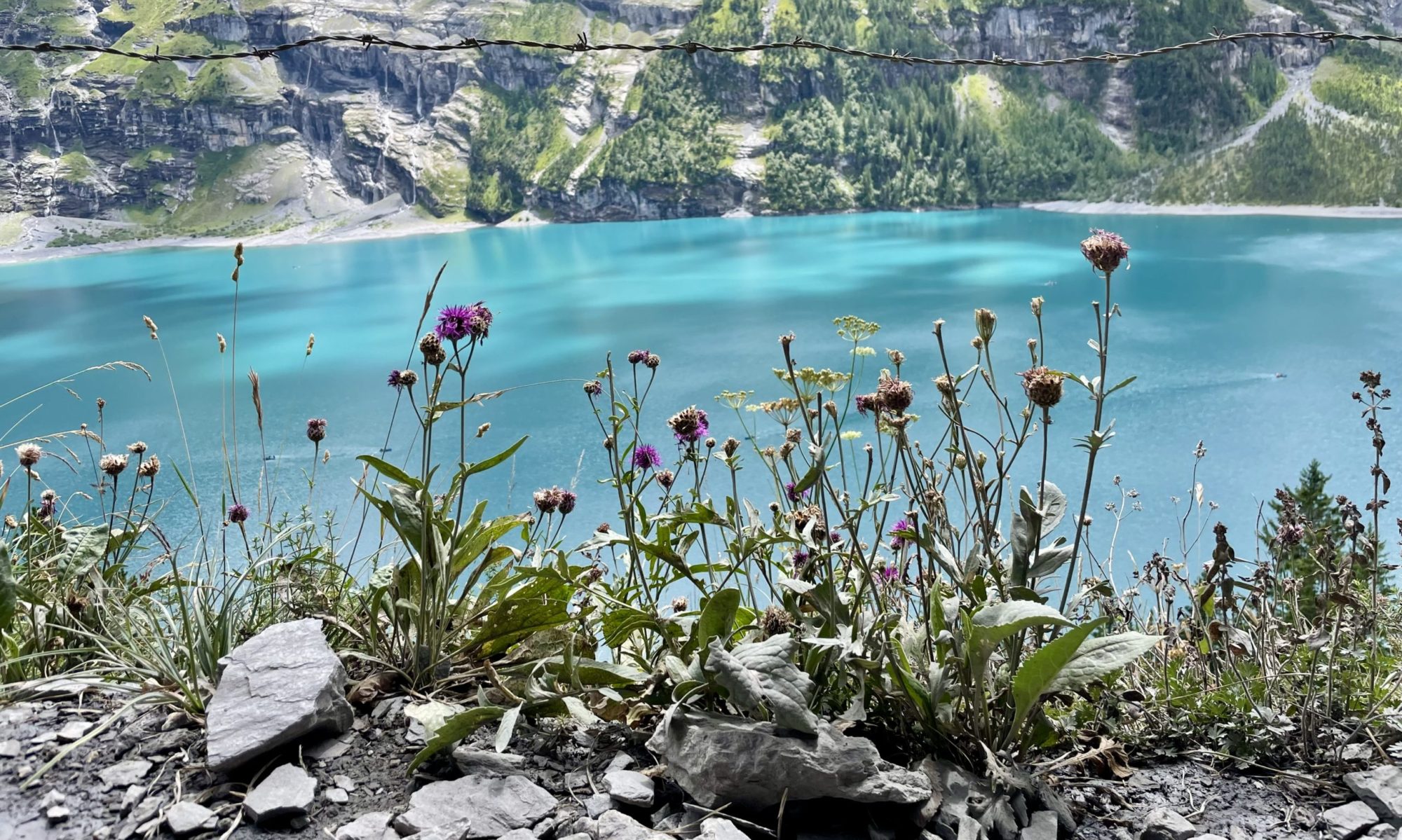Inspired by a review by F. Burki, M.M. Sandin & M. Jamy (2021) from Uppsala University
Diversity
In the history of life on Earth, bacteria were the first living organisms to appear. From them evolved archaea and from archaea evolved eukaryotes. Bacteria and archaea are unicellular organisms with a very simple cell structure, they are called Prokaryotes. Eukaryotes have more complexe cell structures. More on this here.
The first eukaryotes that appeared billions of years ago were protists. They evolved in many forms and functions before eventually evolve into multicellular eukaryotes, i.e. animals, plants and fungi. Diversification happens over time as a consequence of adaptations to the changing environments (among others). Protists existed for much longer than multicellular organisms, and therefore had more time to develop an incredible diversity.

Image from wikimedia commons.
Importance
Increasingly studied, protists have been shown to be crucial for the functioning of all ecosystems on Earth. As food for many organisms, they are essential for many food chains. Since many of them are photosynthetic, they participate to capture atmospheric carbon dioxyde releasing oxygen in exchange. Being part of the decomposer community many of them participate to the process of breaking down dead organic matter and wastes, releasing nutrients for other creatures to take up. Considering that despite their small size, by their sheer number they build up twice the biomass (e.g. volume of living organic matter) of animals worldwide, their importance is indisputable.
Discovery and analyses
Scientists have studied and described protists since being discovered a few centuries ago. Observing them through the lens of a microscope, taxonomists used their morphology to determine the similarity and differences among species. This technique allowed to capture only the organisms that are easy to collect and to see.
Things started to change a few decades ago, when DNA sequencing techniques were developed. DNA was first discovered in 1869 by a Swiss scientist called Friedrich Miescher., although he did not know what its fonction was. In the 1950′, the combined studies of Avery, MacLeod, and McCarty; Hershey and Chase; and later Franklin, Wilkinson, Crick and Watson, showed the structure and hereditary function of DNA.
In the 1980′ the first technologies necessary to read the genetic information contained in DNA were developed. At first they were able to compare DNA and detect which and if certain segments of chromosomes were shared among species or not. Eventually new techniques allowed to read the actual DNA sequences. At the beginning the DNA had to be extracted from a sample of an organism, and the sequences had to be read one nucleotide at a time. Nucleotides are the molecules that make up DNA, much like letters make up books in an encyclopaedia. Human DNA contains approximately 3.2 billion of nucleotides.
In the last 20 years new technology allowed to automatically read short sequences of DNA, instead of one nucleotide at a time. Finally, in the last years the newest technology is able not only to sequence longer sequences of DNA, but also to analyse DNA that is not specifically extracted from the sample of a determined organism.

Where are we now
Until very recently, scientists had to take a sample from a known organism, extract its DNA and analyse it. Nowadays it is possible to extract all the DNA contained in a sample of water or soil, and sequence it. The huge difference is in that analysing DNA from a sample of known origin once again limits the research to organisms that are already known. That is not a problem concerning most animals, plants and fungi. But for microorganisms, that meant that the only species that could be studied were the ones we already knew existed.
Analysing total DNA from environmental samples, water or soil, and comparing the sequences found to a database containing all the sequences belonging to known species, scientists estimate that possibly more than 99% of all the microbes are unknown. Since we already know tens of thousand of them, the total diversity, i.e. the number of different species of microorganisms on Earth could be in the trillions.
Scientists keep working hard to discover them and find out how they relate, how and why they evolved, where they live. This huge diversity of organisms is essential for the functioning of ecosystems as we know them. What’s more, they could contain important answers such as cures for current or future diseases, or solution towards clean energy production.

























